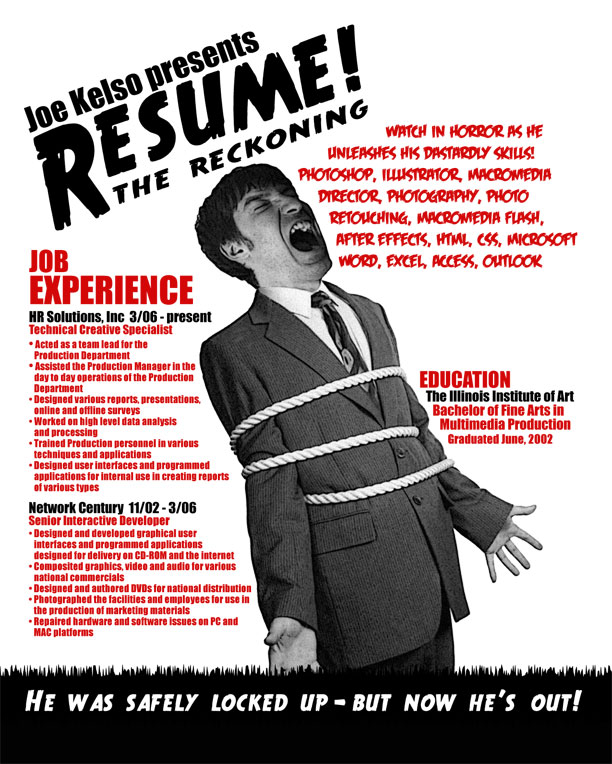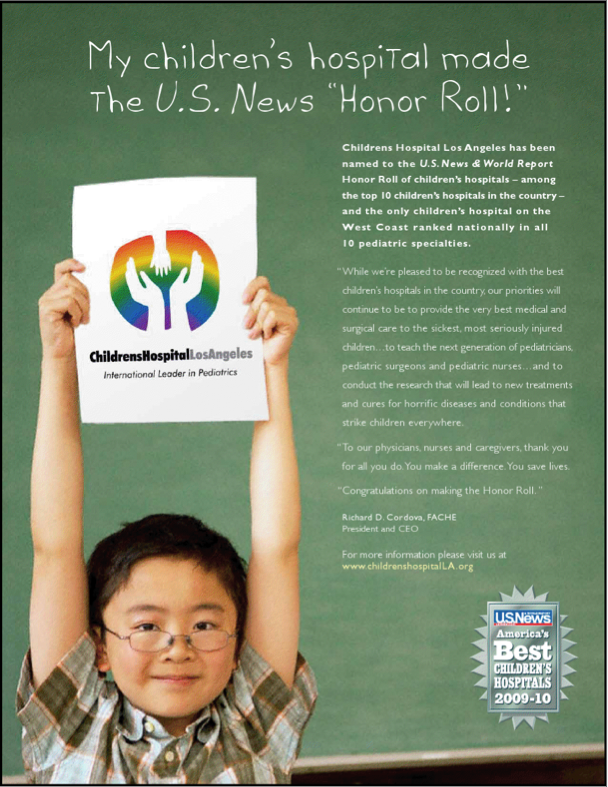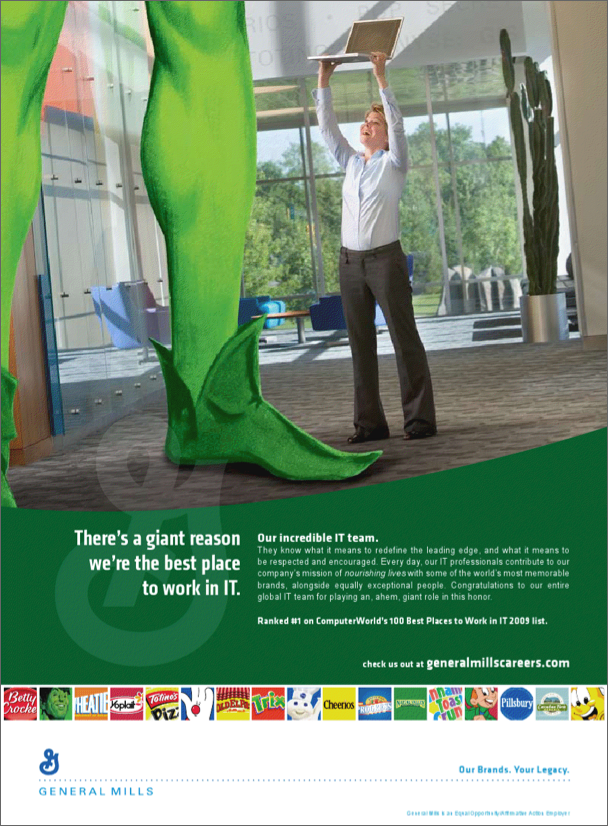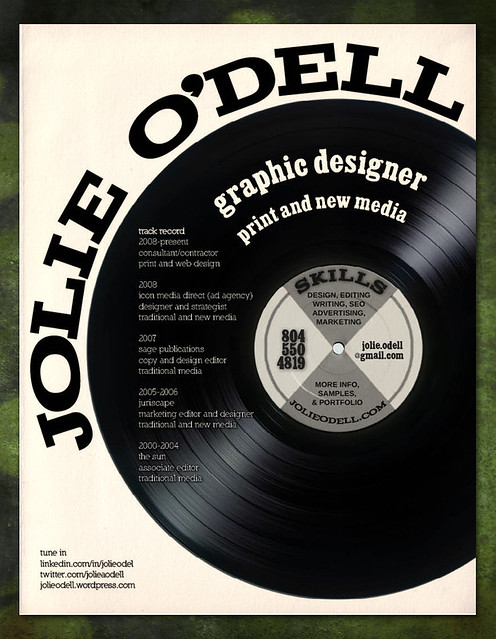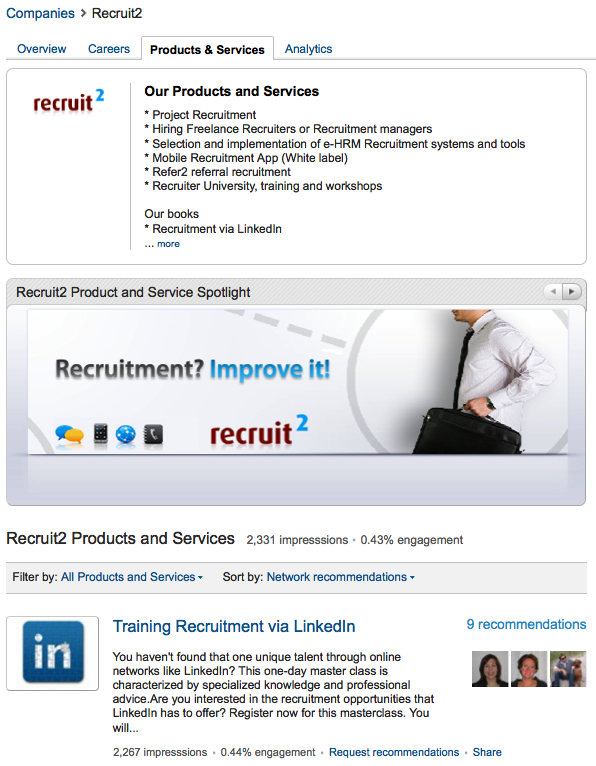Acceptance Letter – Written confirmation from a candidate who has been offered a job that they accept the terms of an employment offer
Application – See “Job Application”
Behavioral Interview – An interview technique that requires the person being interviewed to provide specific examples that support their answers. Sample Behavioral Interview question: Share with me a mistake that you made in your last job. Describe the mistake, how you handled it and what you learned from the mistake.
Chronological Resume – A resume that highlights an applicant’s work history starting from the most recent work experience, listed in reverse chronological order.
Closed Ended Questions – Questions that based on the phrasing can be responded to by stating “yes”, “no”, “sometimes”, or some other very limited response. These types of questions should be avoided or very limited in nature if you are trying to get more detailed information about an applicant’s experience and abilities. Sample Closed Ended Question: “Do you think that you can handle the fast paced nature of this job”, or, Do you have good interpersonal skills?
Compressed Schedule – Also known as a “Flexible Schedule”. The process of working more hours over fewer days in a week in order to maintain a certain level of pay and still have extra time off during the week. Example: A full time employee who is normally scheduled to work Monday – Friday, 8 hours a day, 40 hours a week may “compress” their 40 hours over four days in stead of five.
Confirmation Letter –Written confirmation from an employer to a candidate, which confirms the terms of a job offer including salary and start date.
Contractor/Contract Employee – Refers to a self-employed person who contracts or sells work to a client rather than being employed by a company. A “Contractor” is responsible for reporting and paying their own taxes to the government. Also known as “Freelancer”, “Freelance Employee”, “Independent Contractor”
Cover Letter – Also called motivational letter, is a letter that summarizes a job applicants’ experience as well as highlight an applicants’ interest in a particular job.
Cultural Inclusion – In the context of the workplace, an environment that is supportive and embracing of the ideas, values and perspectives of individuals of different racial, ethnic, and socio-economic backgrounds and one that includes these differences as part of the fiber of the business.
Disability Insurance – Protects your employees in the event of an accident or illness that prevents the employee from working; regardless of whether the disability is work related or not. Disability insurance usually covers a percentage of salary.
Diversity – In the context of employment, refers to the recognition of differences such as race, ethnicity, socio-economic status, age, gender, sexual orientation, physical abilities, religious and political beliefs within the workplace.
Dock Pay – The process of garnishing an employee’s pay. Pay is often docked in circumstances at the employers’ discretion relating to but not limited to tardiness, lack of productivity, or in situations where an employee is overpaid.
Employee Engagement – The level of positive emotional involvement and commitment that an employee has for the day – to – day work that they perform, and for the organization in which they work.
Exempt Employee– A salaried employee who is “exempt” from the payment of overtime.
Family Medical Leave Act, (FMLA) – Requires companies who employee 50 or more employees to provide up to 12 weeks of paid or unpaid time away from work for medical related reasons, or to care for a family member who is ill. Learn more about FMLA.
Fire – Ending the employment of a worker due to poor performance or inappropriate behavior. Also referred to as “termination”.
Flexible Schedule – Also known as compressed schedule. A weekly, bi-weekly, or monthly work schedule that allows the employee to work their regularly scheduled weekly work hours over a shorter period of time. For example, a 40 hour a week employee who normally works Monday – Friday, may choose to work their 40 hours over a 4 day period instead of a 5 day period.
Freelancer/Freelance Employee – Refers to a self-employed person who contracts or sells work to a client rather than being employed by a company. A “Freelancer” is responsible for reporting and paying their own taxes to the government. Also known as “Contractor”, “Independent Contractor”
Functional Resume – A resume that highlights an applicant’s specific experience and skills rather than a chronological listing of work history experience. Functional resumes are often used to de-emphasize limited experience in the workforce or in situations where a person has been out of the workforce for some time.
Health Insurance – Insurance that allows partial to complete coverage for medical visits and expenses such as doctors visits, or medical tests.
Hire – The process of offering employment to an individual.
Independent Contractor – Refers to a self-employed person who contracts or sells work to a company rather than being employed by the company. An Independent “Contractor” is responsible for paying their own taxes to the government. Also known as “”Contractor”, Freelancer”, “Freelance Employee”, “Independent Contractor”
Individual Contributor – Refers to an employee who is not part of the team yet contributes the same for the company.
Interview – A conversation between the interviewer and the interviewee which allows for the gathering of information on a candidates skills and experience. It is also an opportunity for the applicant to highlight their experience and communication skills as well as to learn more about a particular position or company.
Job Application – A template or form completed by the applicant used to express interest in a particular job. Although the type of information required on a job application may vary, most basic applications include sections for the applicant’s name and address, the title of the job that they are interested in, current and prior work experience, references, verification of U.S. citizenship, and a signature line.
Job Description – A document that highlights the job tasks and responsibilities required to perform the work effectively.
Job Offer – A verbal or written agreement that confirms the details relating to an offer of employment. This may include salary and benefit information, as well as the employee’s start date and scheduled hours of work.
Job Review – The process of assessing an employee’s job to determine if changes need to be made to the workers’ job tasks and/or salary.
Layoff – When a worker’s position ends due to financial hardship within a company or due to a business restructuring that requires that the job is no longer needed.
Leave of Absence – A process that involves time away from work; often for personal or medical reasons. Leaves of absences may be taken with or without pay, depending on the company’s policies.
Life Insurance – Allows employees to purchase the minimum equivalent of their annual salary or more which is bequeathed to a designated beneficiary at the time of death.
Maternity Leave – Time away from work given to the birth mother of a new baby. This time may be paid, or unpaid.
Non-exempt Employee– An hourly paid overtime eligible employee.
Notice - The act of informing an employer that you are ending your employment. An employer may also give an employee notice that their job is ending. It is customary, to give anywhere from two weeks two one month or more notice depending on the type of job.
Onboarding – The process of orienting a newly hired employee into the workplace.
Open Ended Questions – Questions that require a detailed response from the applicant. Sample Open Ended Question: “Describe for me the process of creating a database, step by step”?
Orientation – See “onboarding”.
Paternity Leave – Time away from work to care for a new baby. Paternity leave is traditionally granted to the father of a new baby, or to parents of either gender who have adopted a new baby.
People Skills - Also known as “Soft Skills”. The ability to communicate, to problem solve, give and accept feedback, motivate, listen, decision making, facilitation are all examples of soft skills.
Personal Time – Similar to vacation time, personal time is another form of time away from work with pay. Employees can use personal time for any reason that requires that they be away from the office.
Quit – The act of ending one’s employment, usually unexpectedly.
Recruitment – the process of selecting and screening qualified applicants for a job vacancy.
Reference – a person, usually a current or former supervisor or co-worker who can speak to a candidate’s skills, abilities and character.
Reference Letter – a letter, written by a current or former supervisor or co-worker in which the writer makes a general assessment of the a candidate’s skills, abilities and character.
Resignation – The act of voluntarily ending a job.
Retirement Benefits – Allows employees to set aside pretax dollar savings towards retirement. Some companies supplement retirement benefits for employees or offer matching funds up to a certain percentage based on the employees’ contribution. Employees can only take advantage of this benefit once they reach retirement age without risking tax penalties.
Salary Offer – A job offer that includes the actual hourly or annual salary to be paid.
Sick Time – Paid time away from work due to illness. Many companies allow employees to use sick time in order to take care of a sick child or spouse, or for medical appointments.
Soft Skills – Also known as “People Skills”. The ability to communicate, to problem solve, give and accept feedback, motivate, listen, decision making, facilitation are all examples of soft skills.
Temporary Employee – An employee hired to perform work for a period of time. Temporary employees do not always have a specified end date and are usually do not have access to company employment benefits such as paid time off, or medical and dental insurance.
Term Appointment – Hiring an employee to perform work for a defined period of time with a specified end date.
Termination – Ending the employment of a worker due to poor performance or inappropriate behavior. Also referred to as “Firing”.
Tuition Reimbursement – Financial reimbursement of a pre-designated amount to employees who take classes in order to advance in their careers. Employees incur the expense up front and then are reimbursed based on criteria established by their employer.
Vacation Time – Paid time off which allows your employee to retain their full pay for time away from work.
